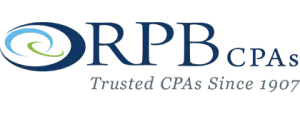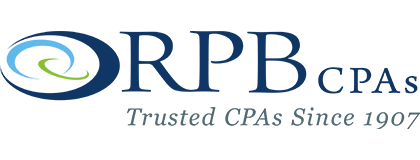Measuring “fair value” for financial reporting purposes
The standard for valuing certain assets and liabilities under U.S. Generally Accepted Accounting Principles (GAAP) is “fair value.” This differs from other valuation standards that may apply when valuing a security or business interest in a litigation or mergers and acquisitions (M&A) setting.
FASB guidance
The Financial Accounting Standards Board (FASB) issued Accounting Standards Codification (ASC) Topic 820, Fair Value Measurements and Disclosures , in 2006. It defines fair value as “the price that would be received to sell an asset or paid to transfer a liability in an orderly transaction between market participants at the measurement date.”
The statement unified approximately 60 existing accounting pronouncements that used this term. Among the items currently reported at fair value (rather than historic cost) are asset retirement obligations, derivatives and intangible assets acquired in a business combination.
Valuation hierarchy
The statement also establishes a “fair value hierarchy” that emphasizes market-based valuation methods. In order of decreasing relevance, the following factors should be considered when measuring fair value:
- Quoted prices in active markets for identical assets or liabilities,
- Quoted prices in active markets for similar assets or liabilities, or other “observable” inputs, and
- Unobservable inputs, such as the reporting entity’s own data.
When the recession hit in 2008, the FASB advised companies to use internal assumptions, such as expected cash flows and appropriately risk-adjusted discount rates, to value securities when relevant market data is unavailable. FASB guidance said that, in times of “market dislocation,” market prices may not always be determinative of fair value. Rather, valuations “may require the use of significant judgment about whether individual transactions are forced liquidations or distressed sales.”
Different purposes, different standards
Though it may be tempting to “recycle” valuations prepared for litigation or M&A purposes for use in financial reporting (or vice versa), the values may not be equivalent. That’s because different standards sometimes apply, depending on the purpose of the valuation.
For example, “fair value” in an oppressed shareholder or divorce case may be statutorily defined and based on relevant case law. Likewise, “strategic value,” which is commonly used in M&As, may include buyer-specific synergies and, therefore, warrant a premium above the price others in the marketplace would pay.
In addition, the FASB specifically avoided using the term “fair market value” in ASC 820. This term applies to valuations prepared for federal tax purposes. The rationale was that the FASB wanted to separate its guidance from the extensive body of IRS guidance and Tax Court precedent. The term “fair value” has less baggage tied to it and allowed the FASB to start with a clean slate.
Use valuation experts
Estimating fair value, like any valuation assignment, generally requires the use of specialists who are independent of your audit team. Contact us for more information about fair value measurements.
David Grotkin, CPA, ABV – Partner © 2019




